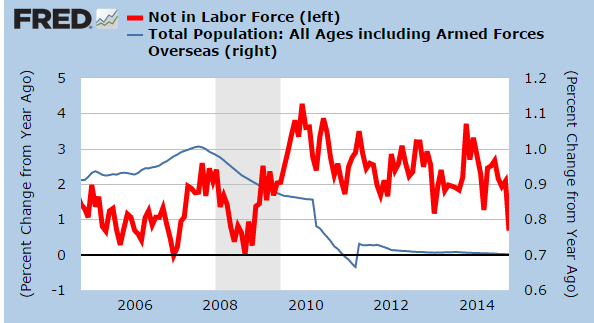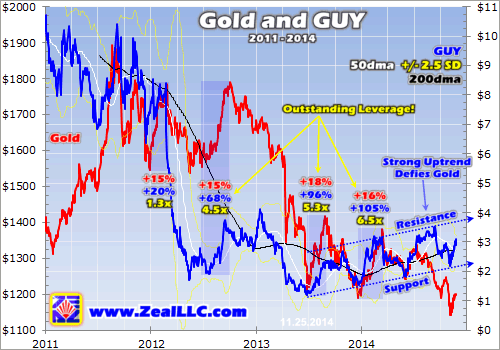 Yes, it’s ‘that time of year’ and that means we get another annual dose of America’s twin obsessions – those who partake in Black Friday madness, and those who enjoy watching it.
Yes, it’s ‘that time of year’ and that means we get another annual dose of America’s twin obsessions – those who partake in Black Friday madness, and those who enjoy watching it.
I used to think it was all just part of the human herd mentality – just another twisted expression of crowd dynamics, but there is a lot more to it than that.
For better or for worse, Black Friday is officially part of Americana, but it’s roots go much deeper than many will care to admit, and it’s still a work in progress whose evolution began with the Founding Fathers and is now tossing and turning inside the giant digital half-pipe known asthe internet.
Symbolically speaking, Black Friday got off on a poor foot to begin with, plagued with negative undertones, and hence, it’s been long-destined for a place in the waste heap of American culture. The term ‘Black Friday’ was originally coined by both the Philadelphia and Chicago police departments to describe the mayhem that was unleashed by the first Friday afterThanksgiving Day, as waves of shoppers hit the pedestrian ways and roads, causing traffic accidents and occasional violence. It’s interesting how the cultural herd managed to make the term work though, given that previous ‘black days’ were reserved for catastrophic stock market crashes, on Black Thursday (1929) and Black Monday (1987).
During the 1980’s, mega shopping mall culture became the dominant consumer experience, and melted in with the Gordon Gekko inspired, ‘me, me’ culture, where society was told to abandon anything that was old, stop saving money, extend your reaching distance, get into debt, and euphorically embrace the here and now. Today’s ‘big box’ stores are really eighties mall culture on steroids – more intense, with everything from A-Z condensed under one umbrella.
It stands to reason – that when you squeeze that many people into concentrated areas, and then add in the incendiary element of artificial scarcity, you can expect a certain amount of violent incidents. This is taken to a whole other level when individual outbursts give way to crazed crowds rushing the entrance of a big box, overwhelming security guards and staff, like a riot scene…
This post was published at 21st Century Wire on NOVEMBER 29, 2014.
 The string of unexpectedly bad news in the eurozone continues unabated as Italian Unemployment Rate Rises to Record, Above Forecasts.
The string of unexpectedly bad news in the eurozone continues unabated as Italian Unemployment Rate Rises to Record, Above Forecasts.




















 Follow on Twitter
Follow on Twitter
Recent Comments